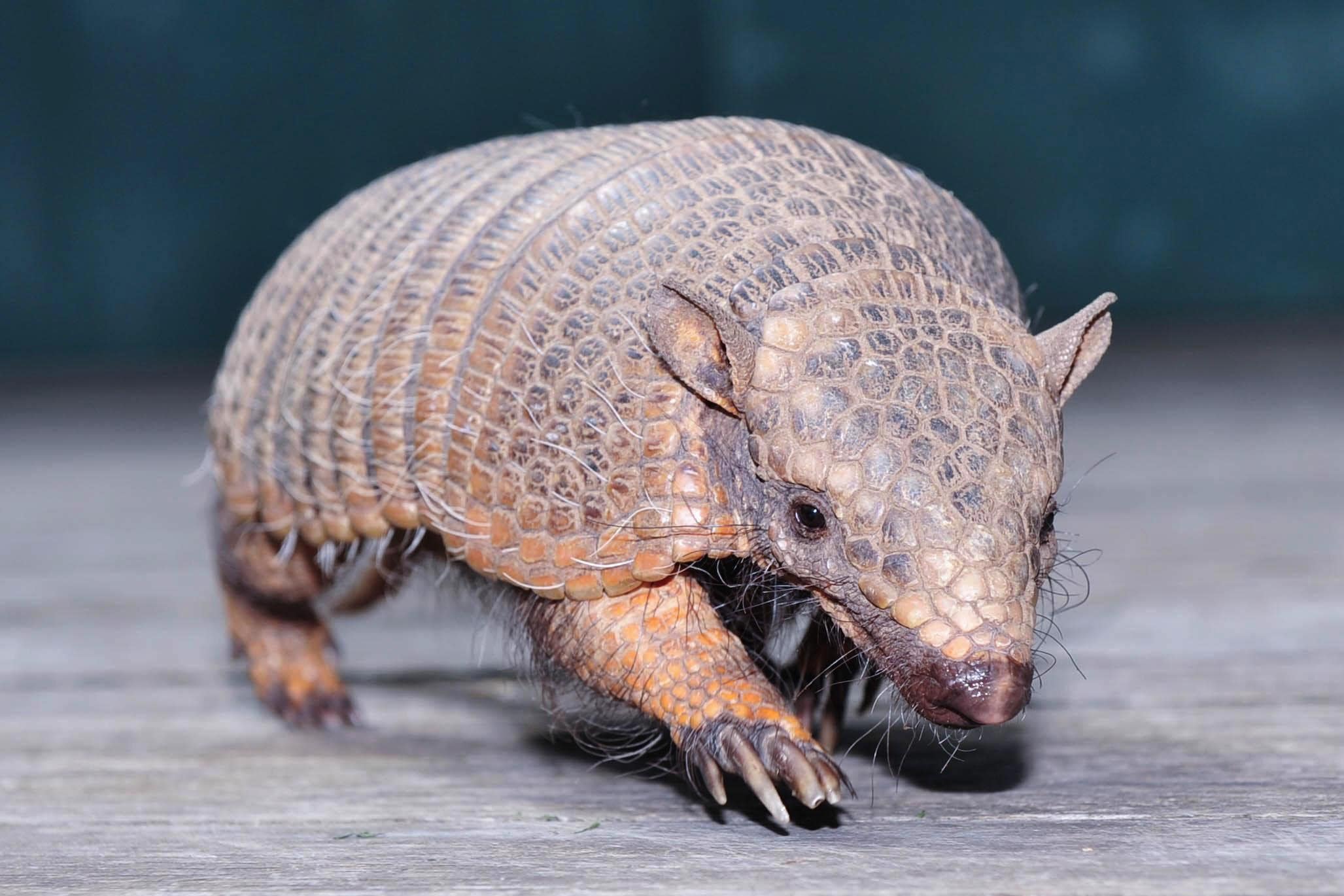Leprosy has potential to regenerate livers, study finds
Parasites associated with the disease can reprogramme cells to increase the size of a liver in armadillos, researchers found.

Your support helps us to tell the story
From reproductive rights to climate change to Big Tech, The Independent is on the ground when the story is developing. Whether it's investigating the financials of Elon Musk's pro-Trump PAC or producing our latest documentary, 'The A Word', which shines a light on the American women fighting for reproductive rights, we know how important it is to parse out the facts from the messaging.
At such a critical moment in US history, we need reporters on the ground. Your donation allows us to keep sending journalists to speak to both sides of the story.
The Independent is trusted by Americans across the entire political spectrum. And unlike many other quality news outlets, we choose not to lock Americans out of our reporting and analysis with paywalls. We believe quality journalism should be available to everyone, paid for by those who can afford it.
Your support makes all the difference.Leprosy, one of the world’s oldest and most persistent diseases, may have the surprising ability to grow and regenerate livers, new research has suggested.
Scientists have discovered that parasites associated with the disease can reprogramme cells to increase the size of a liver in adult animals without causing damage, scarring or tumours.
This natural process could possibly be adapted to renew ageing livers and increase healthspan – the length of time living disease-free – in humans, the findings suggest.
If we can identify how bacteria grow the liver as a functional organ without causing adverse effects in living animals, we may be able to translate that knowledge to develop safer therapeutic interventions to rejuvenate ageing livers
Experts say it could also help regrow damaged livers, reducing the need for transplantation. Currently, transplant is the only option for people with end-stage scarred livers.
Professor Anura Rambukkana, lead author from the University of Edinburgh’s Centre for Regenerative Medicine, said: “If we can identify how bacteria grow the liver as a functional organ without causing adverse effects in living animals, we may be able to translate that knowledge to develop safer therapeutic interventions to rejuvenate ageing livers and to regenerate damaged tissues.”
Previous studies promoted the regrowth of mouse livers by generating cells via an invasive technique that often resulted in scarring and tumour growth.
To overcome these harmful side effects, Edinburgh researchers built on their previous discovery of the partial cellular reprogramming ability of the leprosy-causing bacteria, Mycobacterium leprae.
Working with the US Department of Health and Human Services in Baton Rouge, Louisiana, the team infected 57 armadillos – a natural host of leprosy bacteria – with the parasite and compared their livers with those of uninfected armadillos and those that were found to be resistant to infection.
They found the infected animals developed enlarged – yet healthy and unharmed – livers with the same vital components, such as blood vessels and bile ducts, as the uninfected and resistant armadillos.
Researchers believe the bacteria hijacked the inherent regenerative ability of the liver to increase the organ’s size and, therefore, to provide it with more cells within which to increase.
They also discovered several indicators that the main kinds of liver cells – known as hepatocytes – had reached a rejuvenated state in the infected animals.
Researchers are hopeful the discovery, published in Cell Reports Medicine, has the potential to help develop interventions for ageing and damaged livers in humans.
Dr Zania Stamataki, associate professor, Centre for Liver and Gastrointestinal Research, University of Birmingham, said: “This is exciting research and unusual in that it shows liver growth in the absence of liver injury.
“This research represents an innovative example where we can use microbes as tools to understand biology.”
Dr Darius Widera, associate professor in stem cell biology and regenerative medicine, University of Reading, said: “Overall, the results could pave the way for new therapeutic approaches to the treatment of liver diseases such as cirrhosis.
“However, as the research has been done using armadillos as model animals, it is unclear if and how these promising results can translate to the biology of the human liver.
“Moreover, as the bacteria used in this study are disease-causing, substantial refinement of the methods would be required prior to clinical translation.”